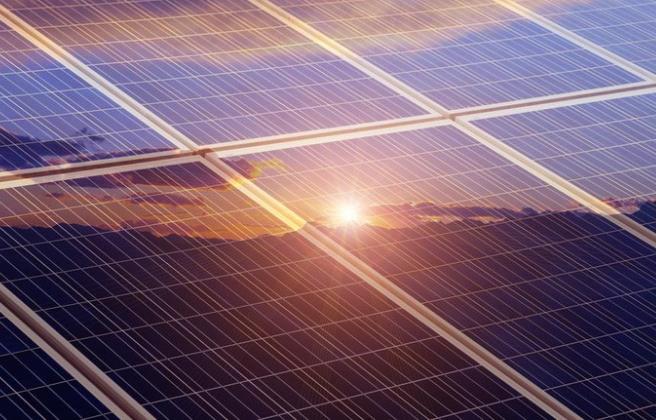Determining the Best Roof Pitch for Solar Panels
Embarking on the journey of solar panel installation prompts a critical question: What is the perfect roof pitch to maximize solar panel efficiency? This quest for the ideal angle is not merely academic—it's a practical consideration that impacts energy production, system efficiency, and ultimately, the financial return on your solar investment.

The Latitude Guideline: A Starting Point
The quest for the ideal roof pitch for solar panels begins with a look at your geographical latitude. The general recommendation suggests setting the solar panel pitch equal to the local latitude to optimize sun exposure throughout the year. For instance, if you reside at a latitude of 37 degrees, aiming for a roof pitch of 37 degrees is considered a solid baseline. This guideline is rooted in maximizing the amount of sunlight hitting your panels, especially during peak solar hours.
Seasonal Adjustments: Fine-Tuning for Efficiency
Adjusting your roof pitch can compensate for seasonal variations in the sun's path. Adding 15 degrees to your latitude in the winter maximizes exposure during shorter days, while decreasing the pitch by 15 degrees in the summer captures more sunlight when the sun is higher. This fine-tuning approach acknowledges that the sun’s trajectory changes with the seasons, affecting how much energy your panels can generate.
What is the best roof pitch for solar panels: Understanding and applying these adjustments can significantly impact the effectiveness of your solar array.
Flat Roofs: A Unique Opportunity
Flat roofs present a unique scenario in the solar playbook. While they lack an inherent pitch, this can actually be an advantage, offering the flexibility to install solar panels at the precise optimal angle, regardless of the building’s orientation. This is achieved through the use of specialized mounting systems, which can be adjusted to mimic the ideal pitch, ensuring maximum solar gain all year round.
Beyond Pitch: Considering Other Factors
While determining the best roof pitch for solar panels is crucial, it's not the only factor at play. The direction your roof faces, potential shading from nearby trees or buildings, and local weather patterns also significantly influence solar efficiency. South-facing roofs in the Northern Hemisphere typically receive the most sunlight, while minimizing shading and accounting for local weather conditions can further optimize performance.
Consulting the Experts: A Path to Precision
Given the complexity of factors influencing solar panel efficiency, consulting with a solar expert is invaluable. These professionals can perform detailed analyses, considering your specific geographic location, roof characteristics, and individual energy needs to recommend the best roof pitch for your solar panels. This tailored approach ensures that your solar installation is as efficient and productive as possible, providing you with the greatest return on your investment.
In the dynamic field of solar energy, understanding the interplay between roof pitch and solar panel efficiency is key to maximizing the benefits of solar power. By considering latitude, making seasonal adjustments, and addressing unique roof characteristics, homeowners can ensure their solar panels operate at peak efficiency. Remember, the journey to solar optimization is a calculated one, where precision in planning leads to rewards in energy production and sustainability.